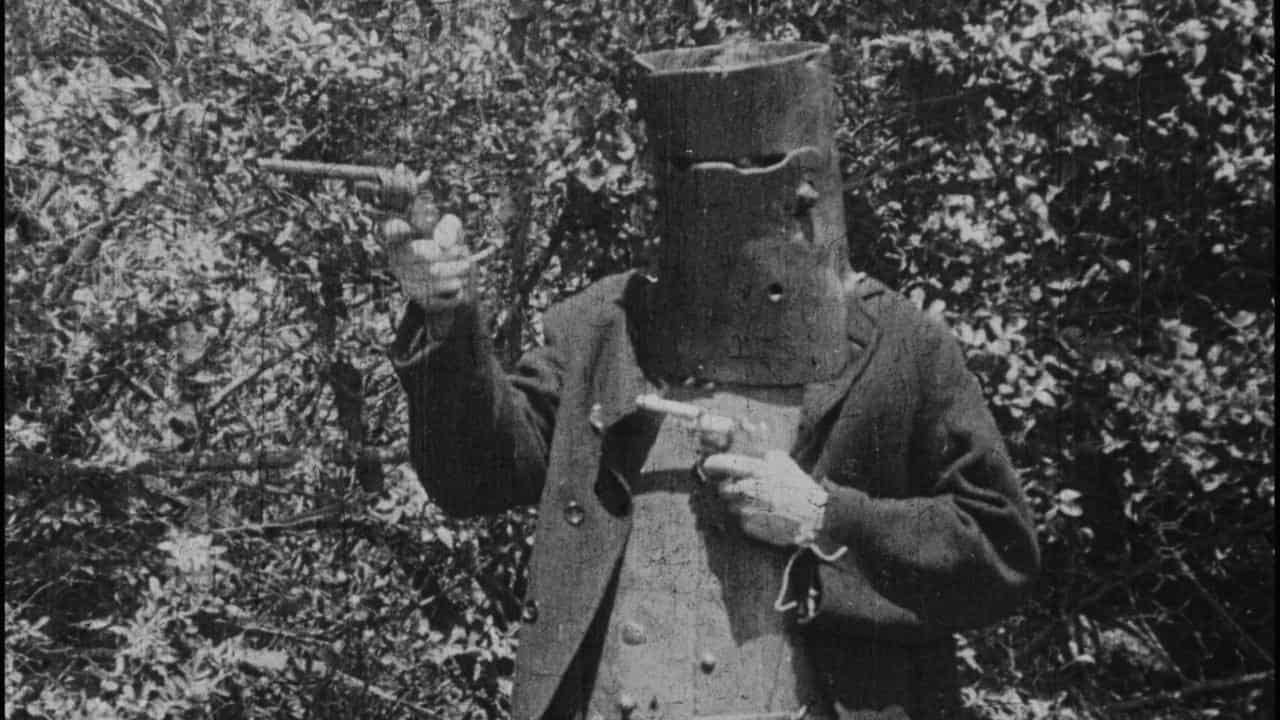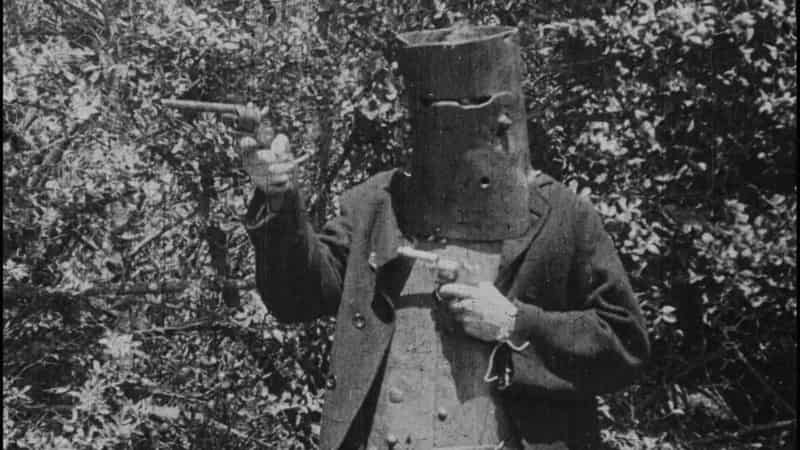
Important parts of Australia's history are stored on film so flammable it can burn underwater, but $9.3 million in the federal budget will be used to build a new storage facility for it.
Developed in the 1880s, nitrate cellulose film was the first motion picture format, and the world’s first feature film, The Story of The Kelly Gang, was made on nitrate in Australia in 1906.
The last leg of Sir Charles Kingsford Smith's historic first crossing of the Pacific by air was also captured on nitrate in 1928, along with the infamous Bodyline Ashes Test series of 1932-33.
Storing such important material comes with challenges - if kept cold and dry it can last for decades, but if it does catch fire it can burn without air, according to Rebecca Coronel from the National Film and Sound Archives.
"Nitrate film only ever gives you one opportunity, you need to maintain it, once it's gone, it's gone," she told AAP.
The national collection of nitrate film is currently stored in a 1970s facility that comprises 12 small concrete vaults and is in urgent need of an upgrade.
After years of struggling to fit a growing amount of material, in 2023 it finally ran out of room for the collection.
The federal budget has allocated $9.3 million over four years to upgrade and extend the facility, which will double its storage capacity and mean it can store items on behalf of other institutions.
It will also give the archive the capacity to collect more historically valuable nitrate film as it is often approached by people with old reels - who don't realise the film is a hazardous material.
"That's also why we're so happy about this funding because if we find more unique nitrate film, we would love to be able to collect those unique items," Ms Coronel said.
The Story of The Kelly Gang is one such example: the film depicts the story of fugitive killer Ned Kelly as he is hunted by police in the Victorian bush, culminating in the bushranger confronting the officers in his improvised suit of armour.
However all of the Kelly Gang prints had vanished by the end of World War II and the film was considered lost, until fragments began to resurface in 1976, with some scraps uncovered in old collections and others found on a rubbish tip.
The design process for the new facility, which will likely be partially underground and constructed from concrete, will begin in the next couple of months. Ms Coronel hopes the project will be finished by 2026.









